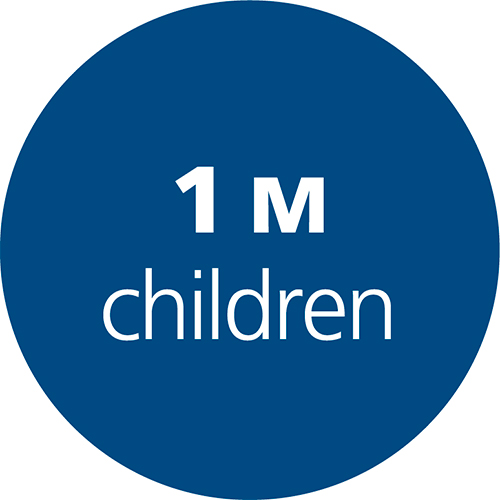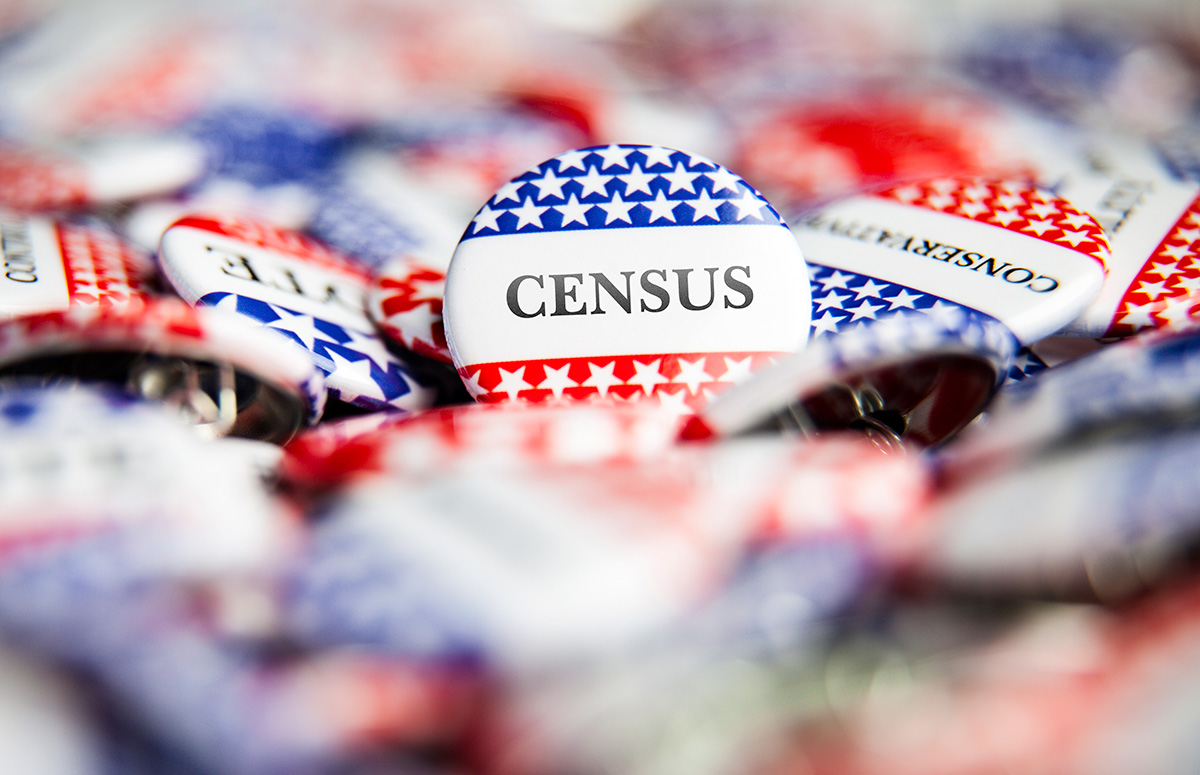
In the 2010 census, nearly 1 million children were not counted, according to the U.S. Census Bureau. California has the top 10 hardest-to-count counties in the United States, and children are oftentimes forgotten when their families complete the census questionnaire. An undercount of children means families and schools are missing out on much-needed federal resources and support. This is the first census that will rely heavily on online responses, making clear and consistent messaging even more important. California schools receive more than $7 billion in federal funding, which is impacted by a complete and accurate census count. Much of that money funds programs that directly affect children. They include special education, school nutrition programs, Head Start, foster care, Medicaid, the Children’s Health Insurance Program and before- and after-school programs.

Because this is the first census that will rely heavily on online participation, it is important that your community is aware of this. Community members will receive a unique identifying number in the mail that will allow access to the online form. Included with that information will be a language assistance sheet with toll-free numbers for 13 languages in which the census questions can be answered.
The California Department of Education recently issued a letter to state school leaders encouraging schools to play a leading role in the pursuit of an accurate census count. “This year, we ask that parents, educators and administrators participate in census outreach,” State Superintendent of Public Instruction Tony Thurmond writes. “Schools are also encouraged to coordinate with community-based outreach efforts by inviting speakers from local Complete Count Committees, hosting joint informational forums, and staying connected with state-funded Census Complete Count Regional Program Managers. Find regional outreach efforts at the California Census 2020 website at https://census.ca.gov/regions/.”